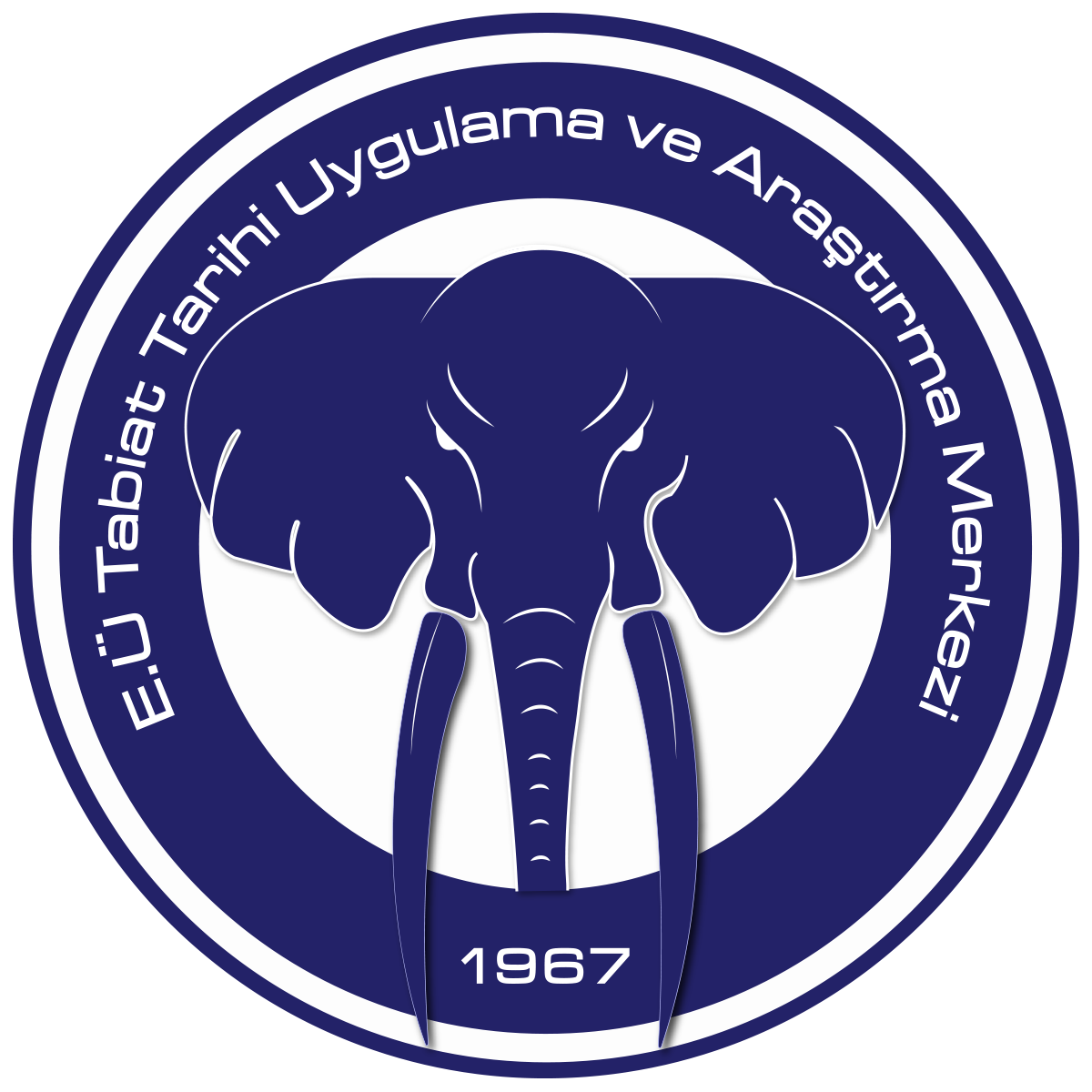History
The idea of founding a Natural History Museum affiliated to Ege University was first proposed in 1963 and realized in 1967. Ege University Natural History Museum, with exhibits from nature and natural history, was first opened for public viewing in its present building in 1973, within the framework of the celebrations commemorating the 50th anniversary of the Turkish Republic. Afterwards Natural History Museum had activity at Institute statute in duration had been connected to rectorship as “Natural History Research and Application Centre” by Science Faculty with suggestion of Faculty Committee, 22.10.1991 date and 11/7 numbered decision of Senate and 19.06.1991 date and 2887 numbered approval of Advanced Instruction. The Natural History Museum, embodied within the structure of the Natural History Research and Applications Centre, is the second largest Natural History Museum founded in Turkey after the Ankara Mining Investigations and Research Institute. Furthermore, it is the first academic museum in Turkey within a university which operates in affiliation with the Faculty of Science, with its Master of Science programme offered in the discipline of Natural History. The Natural History Museum is an environment in which the treasures of nature are gathered, protected and displayed; it aims to present items of nature to the public within a clear systematic and evolutionary order. In addition, by means of conferences, films and slide shows, various natural phenomena (the creation of the planets, continents, oceans, volcanoes and earthquakes) as well as the evolution of life forms, and evidence for these, are more closely presented to the view of the public. These activities aim to inform the public and in particular students at primary and secondary schools, about all the natural phenomena which take place around us, to teach them to appreciate and protect nature, and to establish the awareness that we are all a part of nature. Besides this, it is emphasized for all sections of society that it is essential that all creatures in nature, especially birds and mammals which are in danger of becoming extinct, should be protected. In addition to these functions, the Natural History Museum is an environment in which scientific studies are carried out by scientists on natural material and research and education are developed with the support of cooperation at national and international levels. Some of the Museum exhibits are donations and bear the names of the donating individual or organization. The names of donors will live in perpetuity in the Museum. The fact that the number of visitors has constantly increated since the Museum’s foundation, the way that visitors inform the Museum authorities of the location of interesting fossils and rock provide biological items for exhibition demonstrates the affection and interest the public bear towards the Museum. The continuing development of this cultural and educational centre, which we can hand on to future generations, and its ability to achieve international standards, can be realized with the efforts of au those who are sensitive to the needs of culture.









